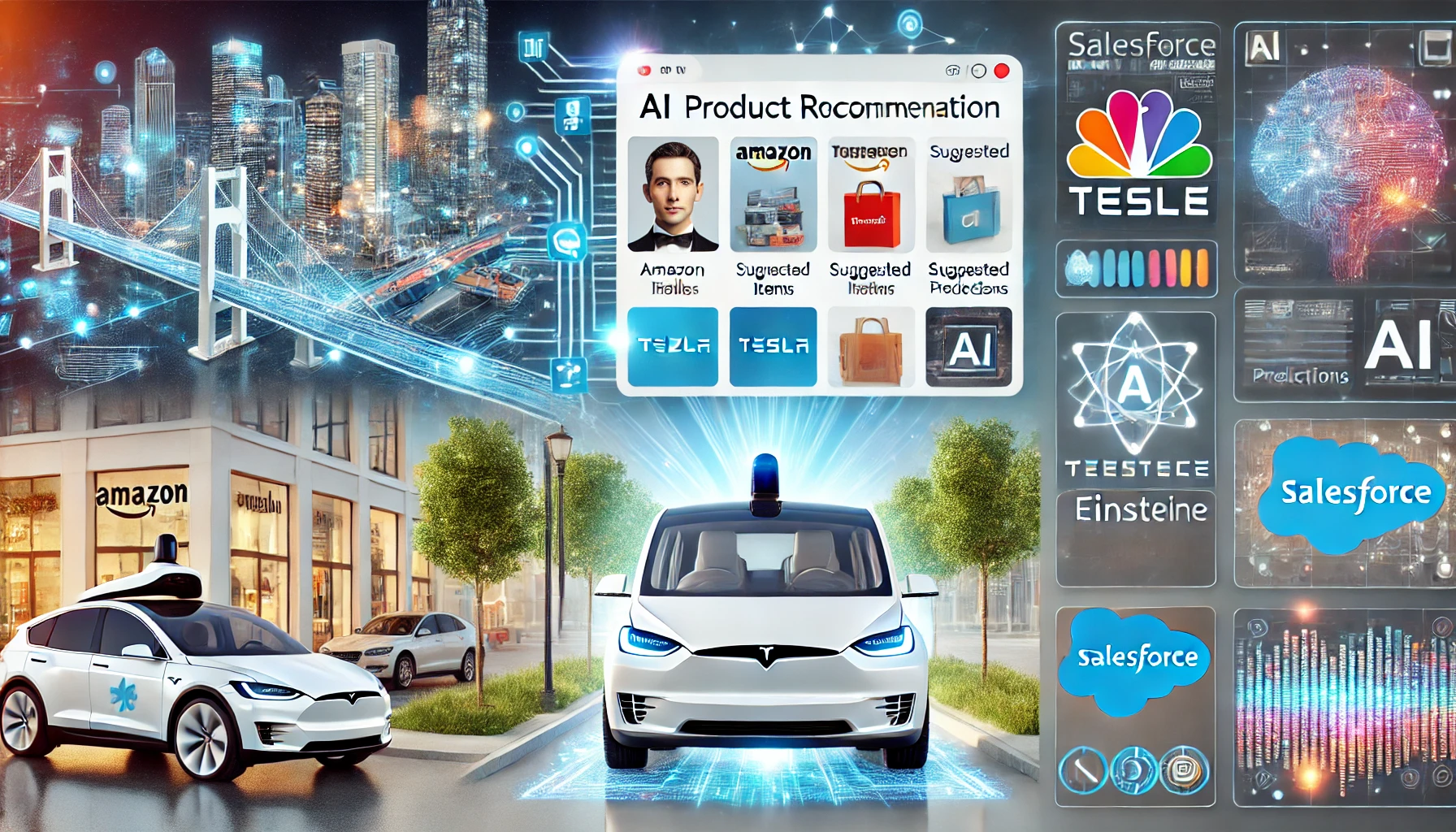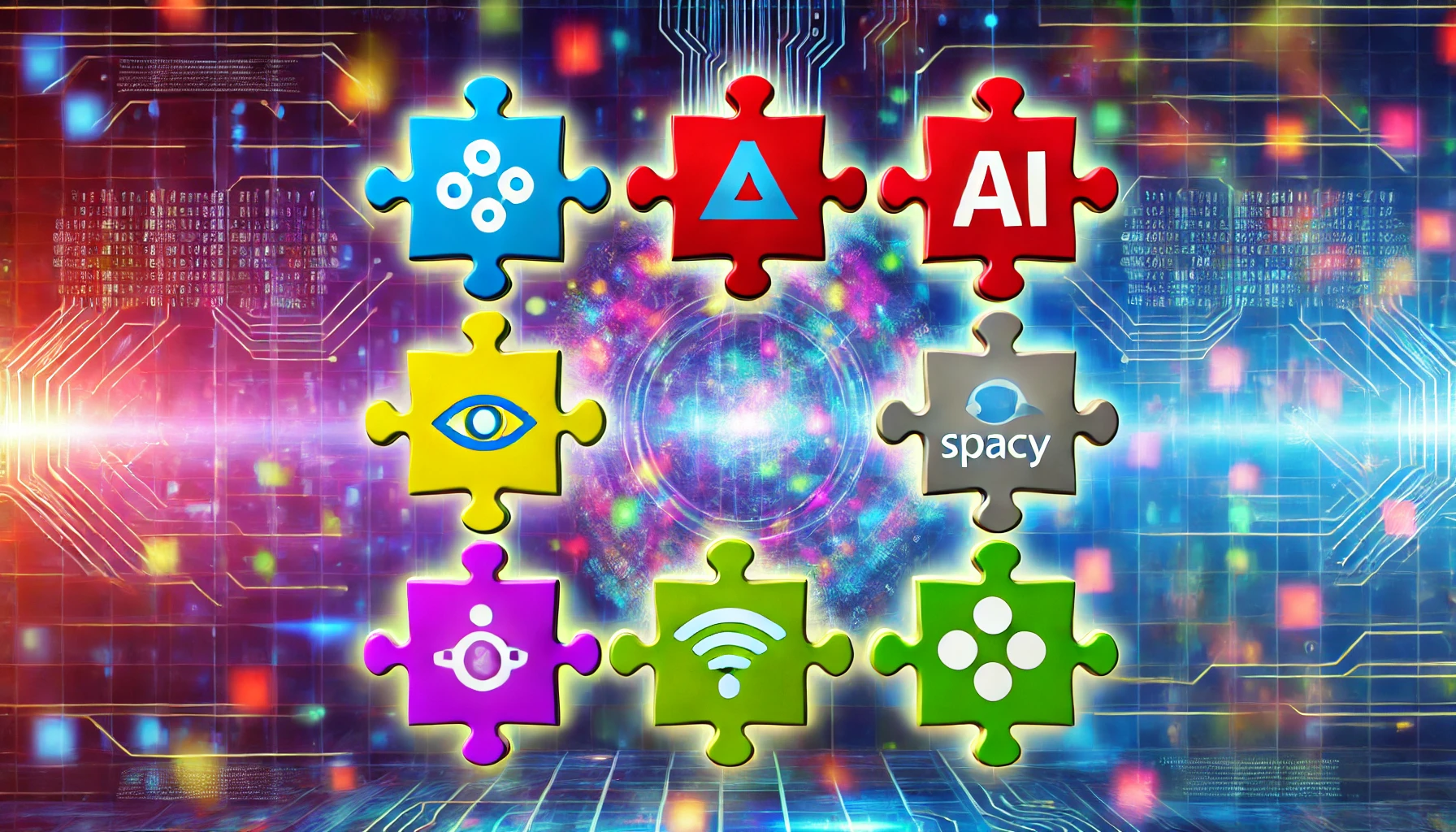In today’s fast-paced world, businesses are constantly looking for ways to work smarter, not harder. Enter AI-powered automation—a game-changer that’s shaking up traditional processes and replacing repetitive tasks with streamlined, intelligent systems. But what does building an AI automation system actually involve, and how can it make a real impact on your business? Let’s dig in.
Why AI-Powered Automation?
AI-powered automation takes regular automation to a whole new level by adding a layer of “intelligence.” Think of it like a supercharged assistant that doesn’t just follow instructions but actually learns, adapts, and makes decisions based on data. Instead of just completing tasks, it can predict what needs to be done, handle unexpected scenarios, and improve over time.
Here’s what an AI-powered automation system can do for you:
- Reduce Manual Work: AI can handle the boring stuff—data entry, sorting emails, scheduling meetings—so you and your team can focus on more meaningful work.
- Boost Efficiency: With AI, tasks are completed faster and more accurately, saving you valuable time.
- Improve Decision-Making: By analyzing patterns in data, AI provides insights that help you make smarter decisions.
Key Steps to Building an AI Automation System
So, how do you actually build an AI-powered automation system? Here’s a roadmap to guide you through the process:
1. Identify Processes for Automation
First things first—figure out which tasks are eating up the most time. Common areas where AI-powered automation shines include:
- Customer Service: Chatbots that answer FAQs, handle complaints, or escalate issues to human agents if needed.
- Data Processing: Sorting, cleaning, and analyzing data to support your team in making data-driven decisions.
- Sales and Marketing: Automating follow-up emails, tracking customer engagement, and scoring leads.
Make a list of potential tasks and prioritize based on which will save the most time and resources.
2. Choose the Right AI Tools and Frameworks
Building AI from scratch can be complex, so leveraging pre-built tools and libraries can make life easier. Here are a few popular choices:
- Natural Language Processing (NLP): If you’re building a chatbot or handling text data, frameworks like spaCy and NLTK are great for analyzing and understanding language.
- Machine Learning Libraries: For general AI models, TensorFlow and Scikit-Learn provide powerful tools to train and test algorithms.
- Automation Platforms: Tools like UiPath and Zapier can simplify the integration of your AI model with other software, making deployment easier.

3. Develop and Train Your AI Model
Once you’ve chosen your tools, it’s time to create your AI model. This involves:
- Collecting Data: AI learns by example, so gather as much relevant data as possible. If you’re training a chatbot, you’ll need lots of examples of customer queries and responses.
- Training the Model: Using machine learning, train your model to recognize patterns and make decisions. For instance, if you’re building a predictive model, you might train it using historical data to predict future outcomes.
- Testing and Tweaking: No model is perfect the first time around. Test it in different scenarios, make adjustments, and retest until you’re happy with the results.
4. Integrate AI with Existing Systems
This is where automation really starts to work its magic. Integrate your AI model with your existing software stack so that it can perform tasks automatically. For instance:
- Customer Service: Integrate your chatbot with your CRM to pull up customer data and respond based on past interactions.
- Sales and Marketing: Link your predictive model to your email marketing platform to automatically trigger campaigns based on customer behavior.
5. Monitor, Improve, Repeat
AI-powered systems are not “set it and forget it” solutions. Keep an eye on performance and use real-time data to fine-tune and improve. As your system gathers more data, retrain it to make it even more accurate.
Real-Life Examples of AI Automation
Let’s look at a few real-world examples to see AI-powered automation in action:
- Amazon’s Recommendation System: Ever noticed how Amazon seems to know exactly what you’re looking for? Their AI-powered recommendation engine analyzes your browsing and purchase history to make personalized suggestions.
- Tesla’s Self-Driving AI: Tesla’s cars gather data from every journey to continually improve their self-driving algorithms. The more miles driven, the smarter the system gets.
- Salesforce’s Einstein AI: Salesforce uses AI to predict customer behavior, scoring leads and helping sales reps target their efforts more effectively.

Benefits of AI Automation for Businesses
The potential benefits are endless, but here are a few key takeaways:
- Cost Savings: Reducing manual labor can lower operational costs.
- Increased Productivity: Freeing up your team’s time means they can focus on what truly matters.
- Scalability: With AI, it’s easier to scale tasks like customer service without adding more staff.
- Better Customer Experience: Faster response times and personalized interactions can enhance customer satisfaction.
Final Thoughts
AI-powered automation isn’t just a trend—it’s a shift in how businesses operate. From saving time to enhancing customer experiences, the possibilities are endless. Whether you’re just dipping your toes in or ready to dive deep, there’s no doubt that AI can transform your business processes for the better. So, why not start exploring the possibilities?